Exploring the Influence of Digital Technology on Modern Art
The landscape of modern art has seen monumental shifts over the past few decades largely influenced by advancements in digital technology. This progress has expanded not just the possibilities of creation and distribution, but has also altered the forms of art and the way audiences interact with it.
Creation and Distribution of Art with Digital Tools and Platforms
With the advent of digital tools such as Adobe Photoshop, Illustrator, and Corel Painter, artists are no longer restricted to traditional methods of physical canvases and brushes. These digital tools emulate the interaction of physical tools while providing an array of sophisticated features that amplify artistic potential. Digital platforms like Instagram, ArtStation, and Patreon have enabled artists to showcase their art globally, consequently increasing their reach and potential market. Art has thus become more accessible than ever before, fostering a world of creativity unabounded by physical limitations.
Digital and Interactive Art: The Rising Star
Technology has not just digitized traditional art, but also birthed new forms like digital and interactive art. Digital artists now create virtual environments, digital sculptures, and GIF art. They also make use of augmented and virtual reality to create immersive experiences. Interactive art, a genre powered by digital technology, is designed to involve spectators directly by allowing them to influence the art's form or content, thereby pushing the boundaries of traditional spectatorship.
The Audience: Engaging with Art in Digital Times
The digitization of art has revolutionized the way audiences engage with it. Traditional passive viewing in galleries has been supplemented with active online encounters, virtual tours, and interactive experiences. Art is no longer bound by the constraints of accessibility or geographical barriers, reaching a wider audience than ever. However, with this transformation, personal art encounters and their emotional impact can often get diluted or lost in translation.
Drawbacks and Critique: The Other Side of the Coin
While digital technology has transformed the landscape of art in myriad ways, it has also come under scrutiny. Critics argue that heavily computer-assisted works are less 'authentic', and the over reliance on tools may undermine raw, manual skill. The ease of plagiarism and reproduction is another concern in the digitally dominated world of art. Additionally, digital art’s necessity for screens and digital formats brings up issues of digital divide, energy usage and sustainability.
In conclusion, the rise of digital technology has brought forth new dimensions to the arena of modern art. While it continues to influence and shape this domain, it is equally important to respect traditional art practices that form the bedrock of fine arts.
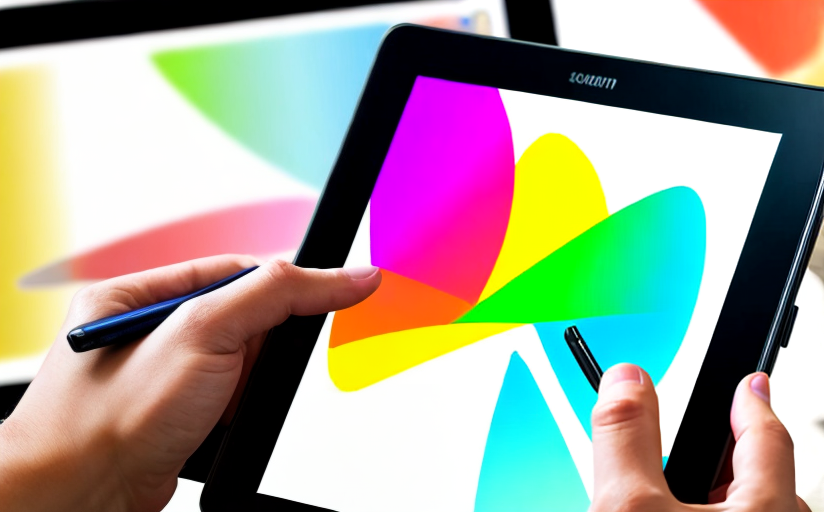
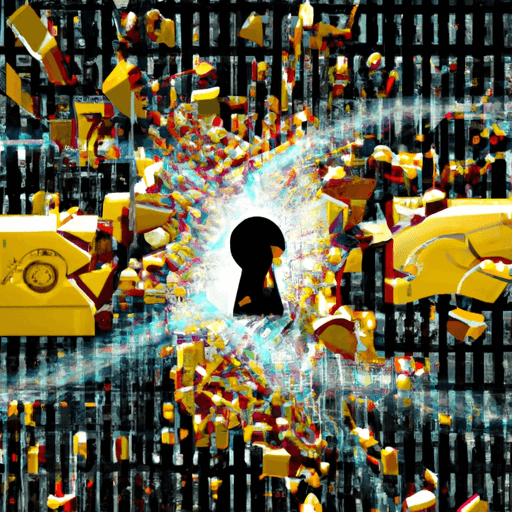
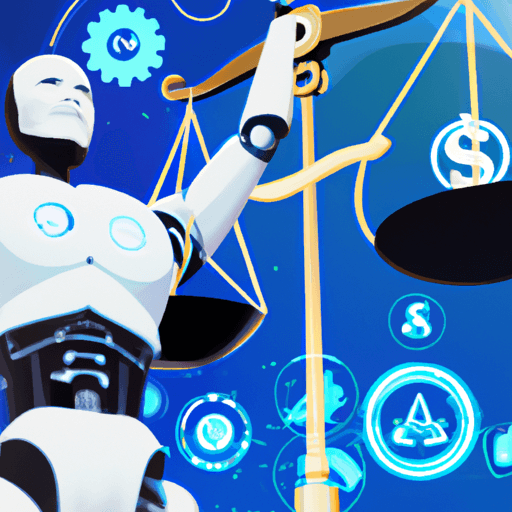

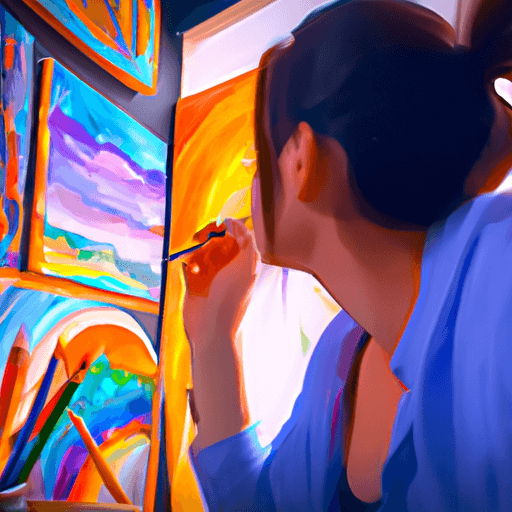

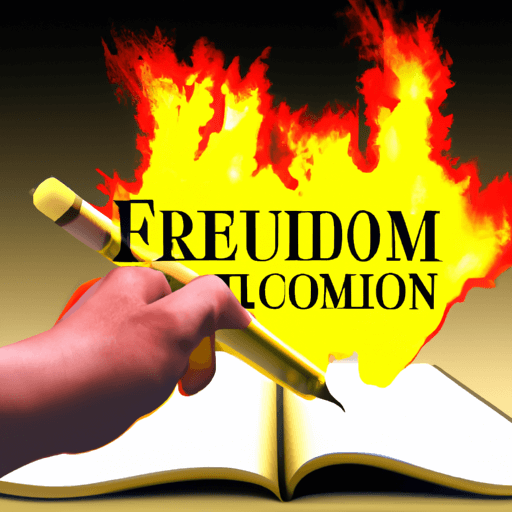
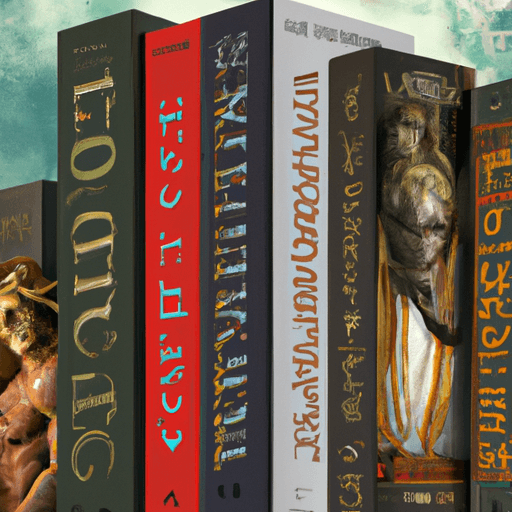
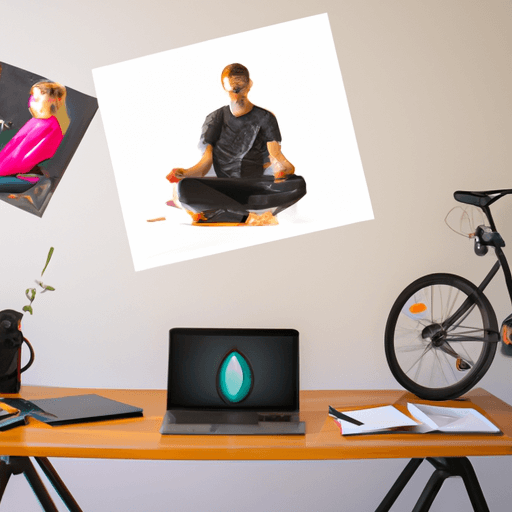
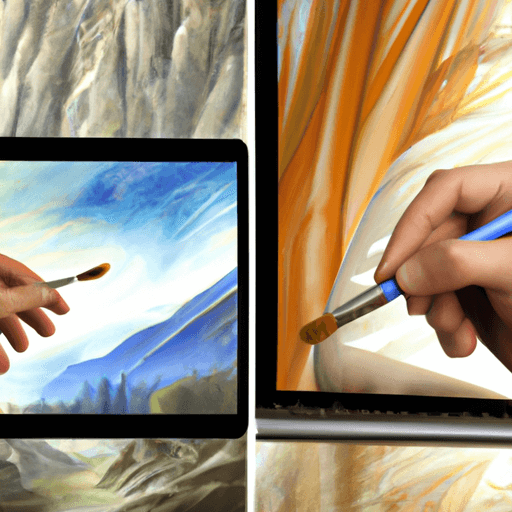
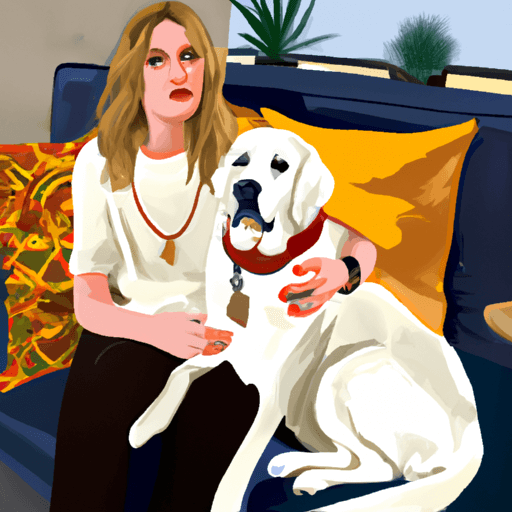
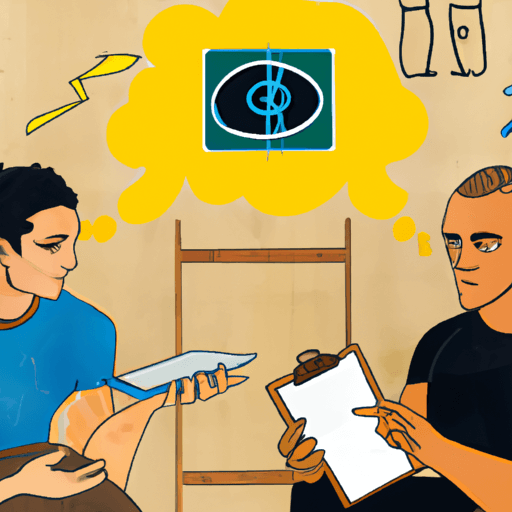
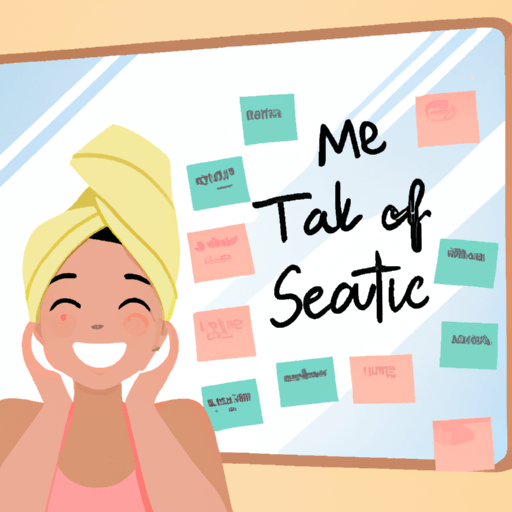
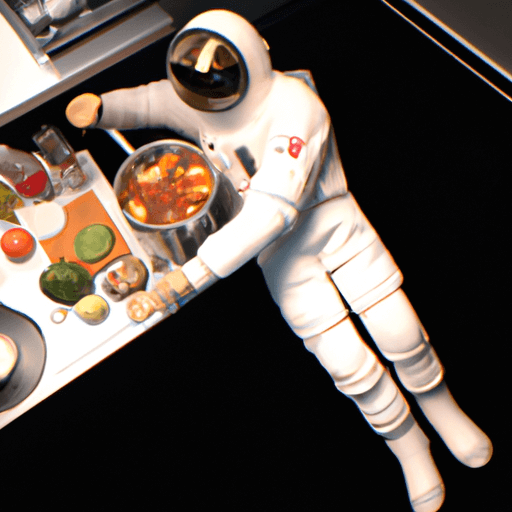
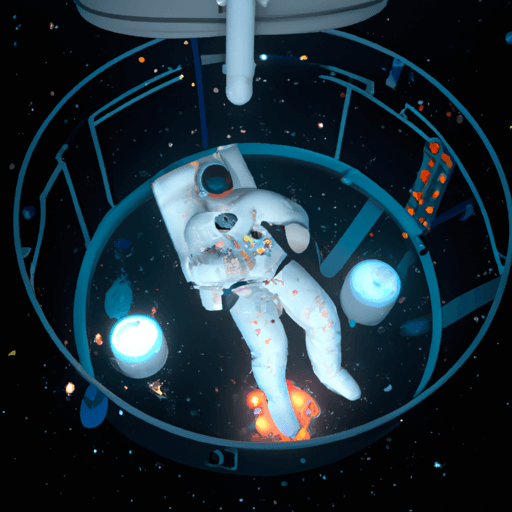
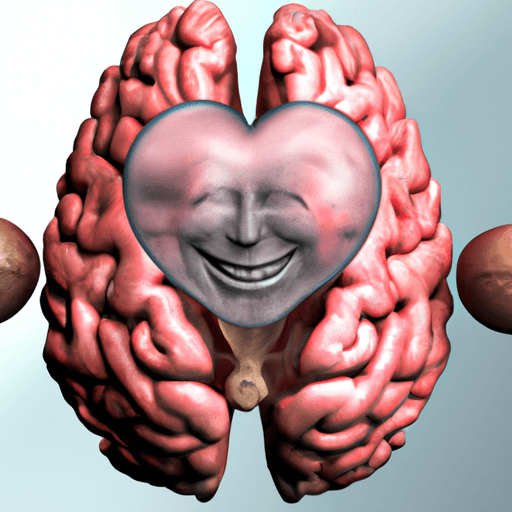
Comments
Leave a Comment